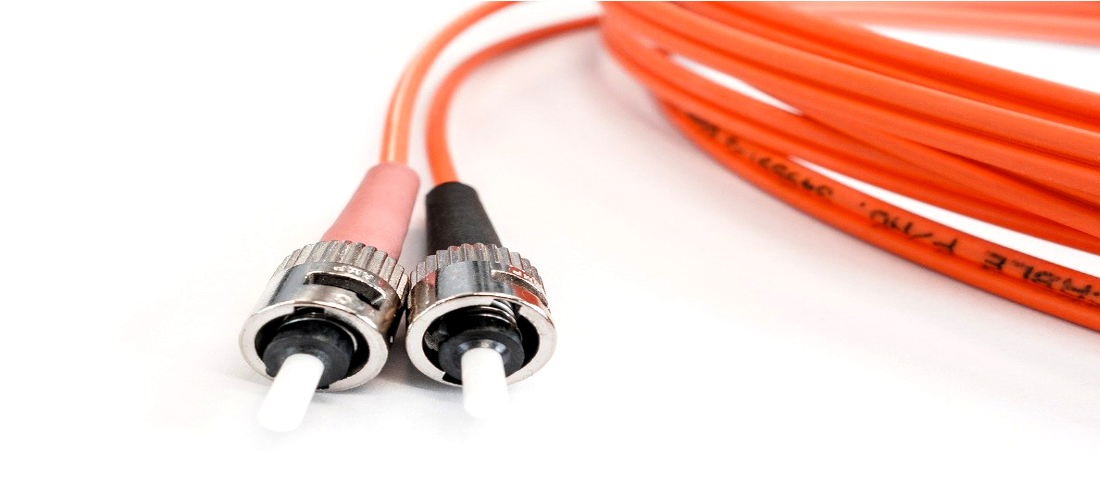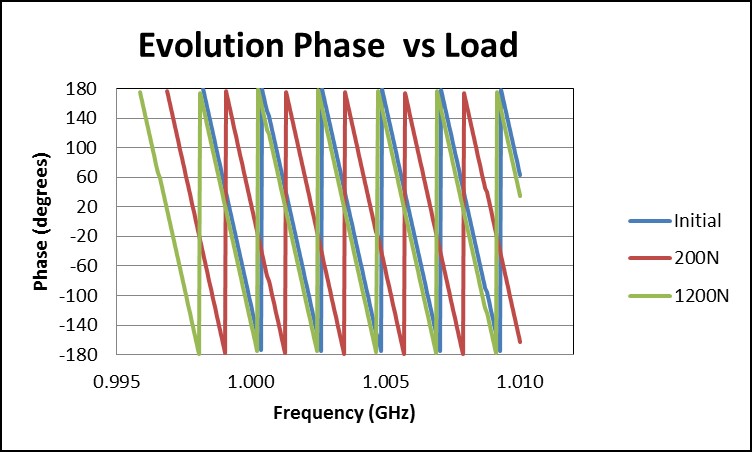
Fibers Elongation: methods and solutions
- Posted by doEEEt Media Group
- On March 9, 2020
- 0
Optical fibers are delicate elements that can break easily, and their repair is not as simple as an electric wire. The optical fibers suffer great stress in the outdoor installations due to weather conditions and the installation itself. Their reliability is proven by applying forces of up 1200N. Determining how much the fiber core deforms when these forces are applied is a challenge, since the deformation of the jacket, cladding or the core is different, and we have to play with the properties of the light to determine the elongation.
Diode lasers used in optical communications do not have zero spectral width. When we modulate light at high speed, the spectral width is increased and each of its spectral components, which travel at different speeds in the fiber, is delayed in front of each other producing the widening of the pulse. Each wavelength is then related to time delay within of the fiber, and the elongation generated. This method to measure the chirp which is produced in a laser is a very cutting-edge technology but it is expensive because you need high energy laser or spectrometers with high resolution.
Another method to measure this dispersion is the pulse delay technique. This is the difference in the transit time of a light pulse, for different wavelengths. The main drawback of this experiment is the difficulty of reducing the duration of the pulses generated at values below 400 picoseconds. The interferometric technique, in which Mach-Zehnder or Michelson type interferometers are used, the fiber under test is inserted into one of the interferometer arms while any well-known dispersion component is placed in the reference arm. This method requires a very well calibrated sample. We can also use the phase shift method when the optical carrier is sinusoidal modulated in power at a frequency and transmitted by an optical fiber. Here the modulation envelope is delayed for a while and the delay is obtained by measuring the phase difference at a frequency of modulation, but for this, you need to be very precise in the time measure.
In addition to the above methods, in Alter Technology, a differential phase shift method has been implemented, in which chromatic dispersion has been measured by measuring the phase delay in the frequency domain. Through this method, we can directly measure the length of the fiber and the core deforms in real-time with micron resolution.
In a system in which we pull 50 meters of fiber with almost 120 kg of weight, we can know at all times how the force affects the core, being a direct measure of the behavior of light with deformation and therefore does not require indirect or cumulative methods to obtain information
For more information contact:
- Miniature RF Connectors for high-performance testing - April 24, 2025
- Space-Grade components available for immediate delivery - April 10, 2025
- Managing EEE components for LEO and lower cost space missions - December 17, 2024



0 comments on Fibers Elongation: methods and solutions